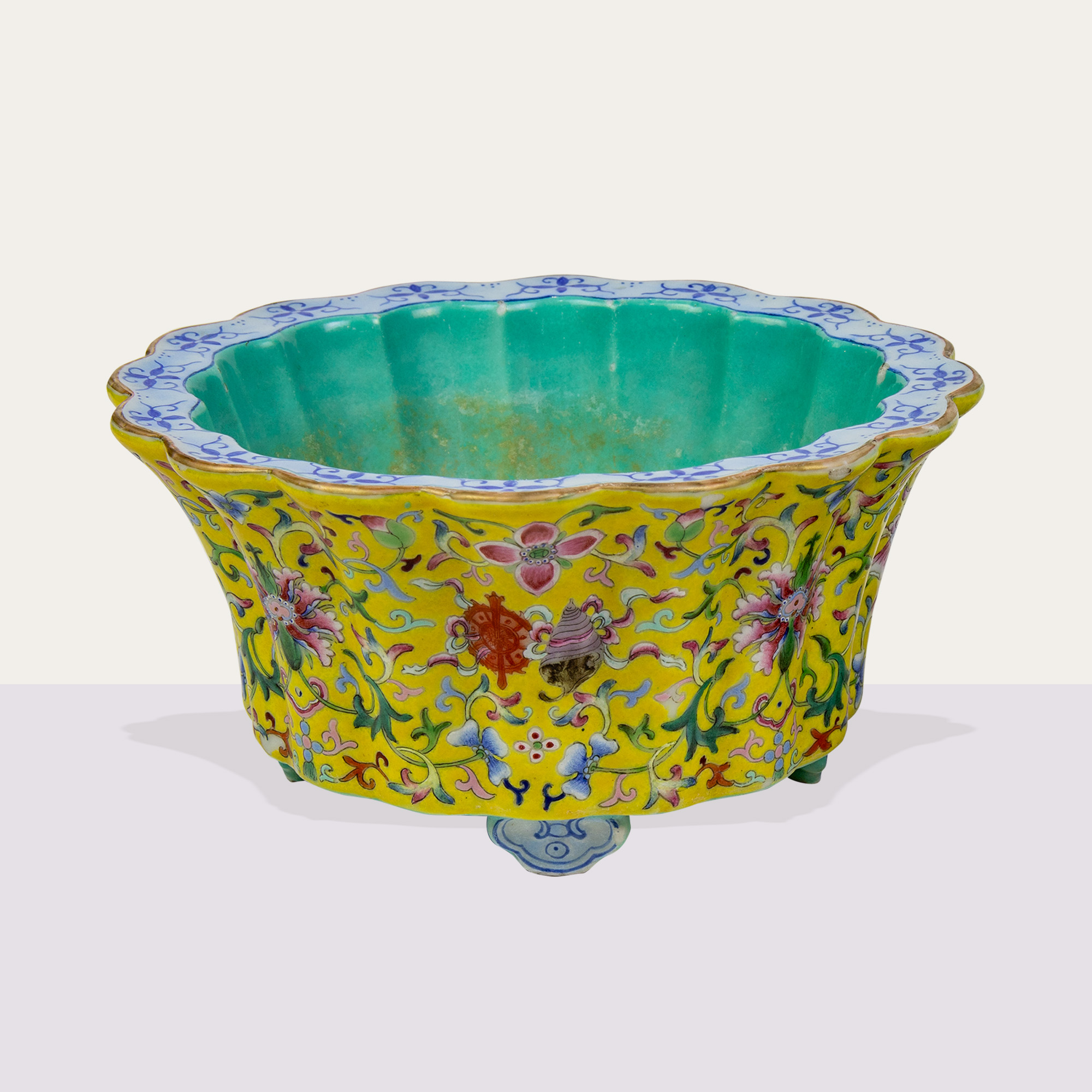On December 20th, Clars Auctions will present an exceptionally rare Qing Yongzheng Robin’s Egg Glazed hu-form Vase at its annual Fine Asian Art Auction. This exquisite piece is not only a stunning ancient artifact but also carries a touching story that spans more than half a century.
The story of this vase is as compelling as the piece itself. According to the consignor, the vase originally belonged to his mother-in-law, who lived in Brooklyn, New York, in the 1970s. She was of Swedish immigrant descent, sent to an orphanage at the age of six after her mother’s passing, and later adopted by a kind family. As an adult, she married a man who worked for Nestlé and had two sons. After her husband’s death, she returned to Brooklyn, where she lived with her family and was beloved for her involvement in church activities, playing the piano, and teaching Sunday school.
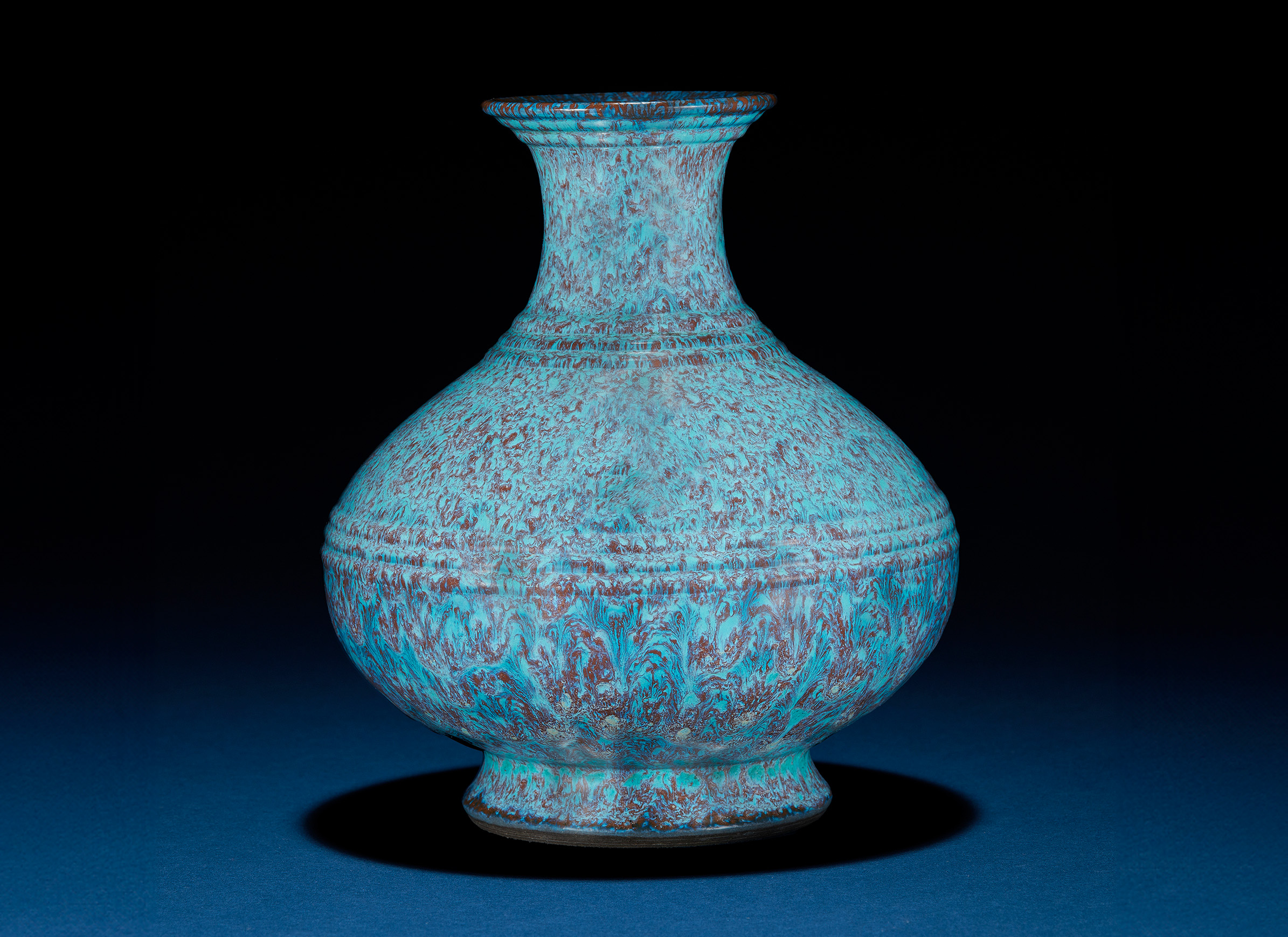
Photo Credit: Wyatt Beserra @ BESERRA PHOTO
Sold: $630,000
In the 1970s, she bought the vase from a street vendor’s stall in Brooklyn for a small amount. She treasured it and often displayed it on her piano, filled with dried leaves. In 1986, she moved to California to live with her son, bringing the vase along. However, the vase was forgotten for decades, stored in a shoebox in a closet. It was only a few weeks ago that Clars Auction rediscovered the vase, unveiling a story that had been hidden for years.
The consignor expressed, “Such a beautiful and historically significant vase should not be hidden away in a closet; it deserves to be admired by many.” Now, the Qing Yongzheng Robin’s egg glazed hu-form vase is set to take center stage at the auction, capturing the attention of collectors worldwide.
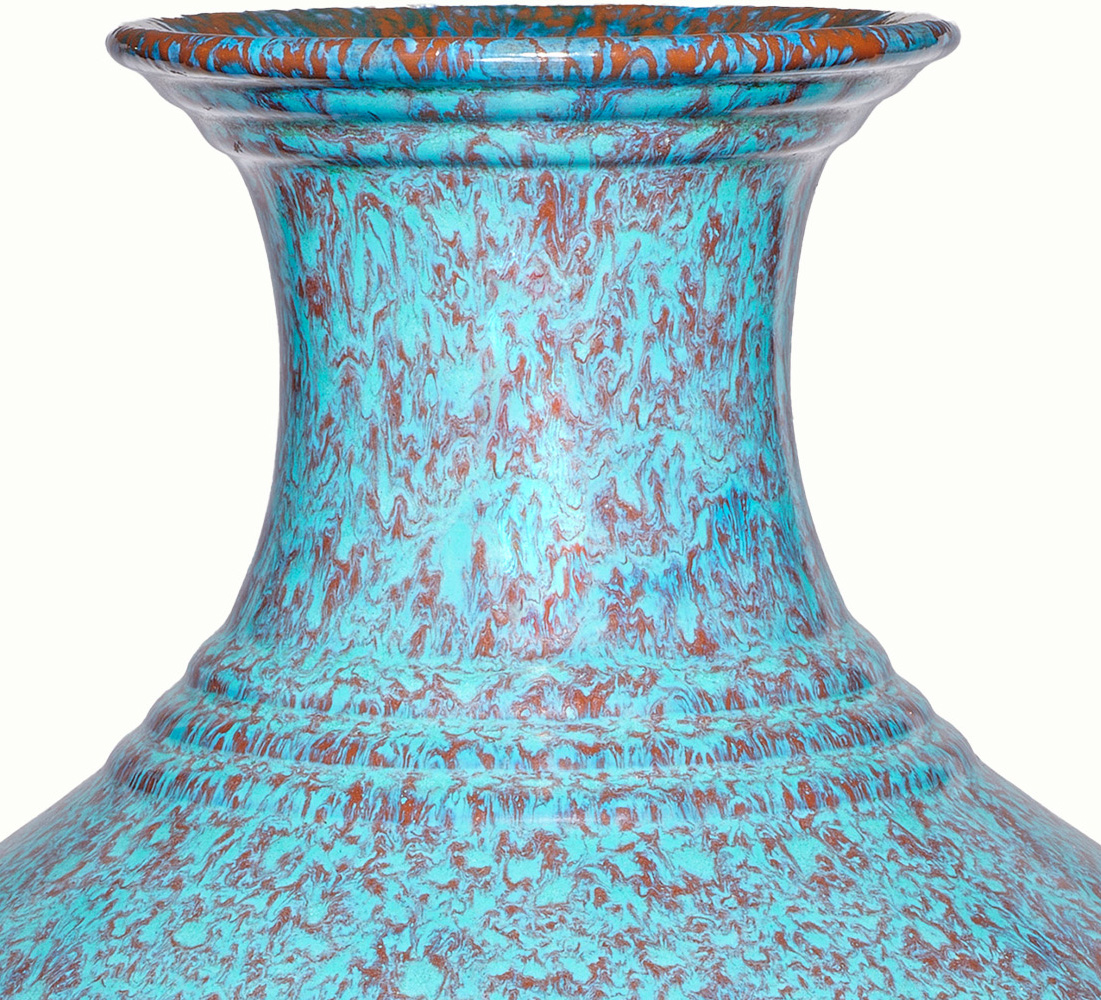
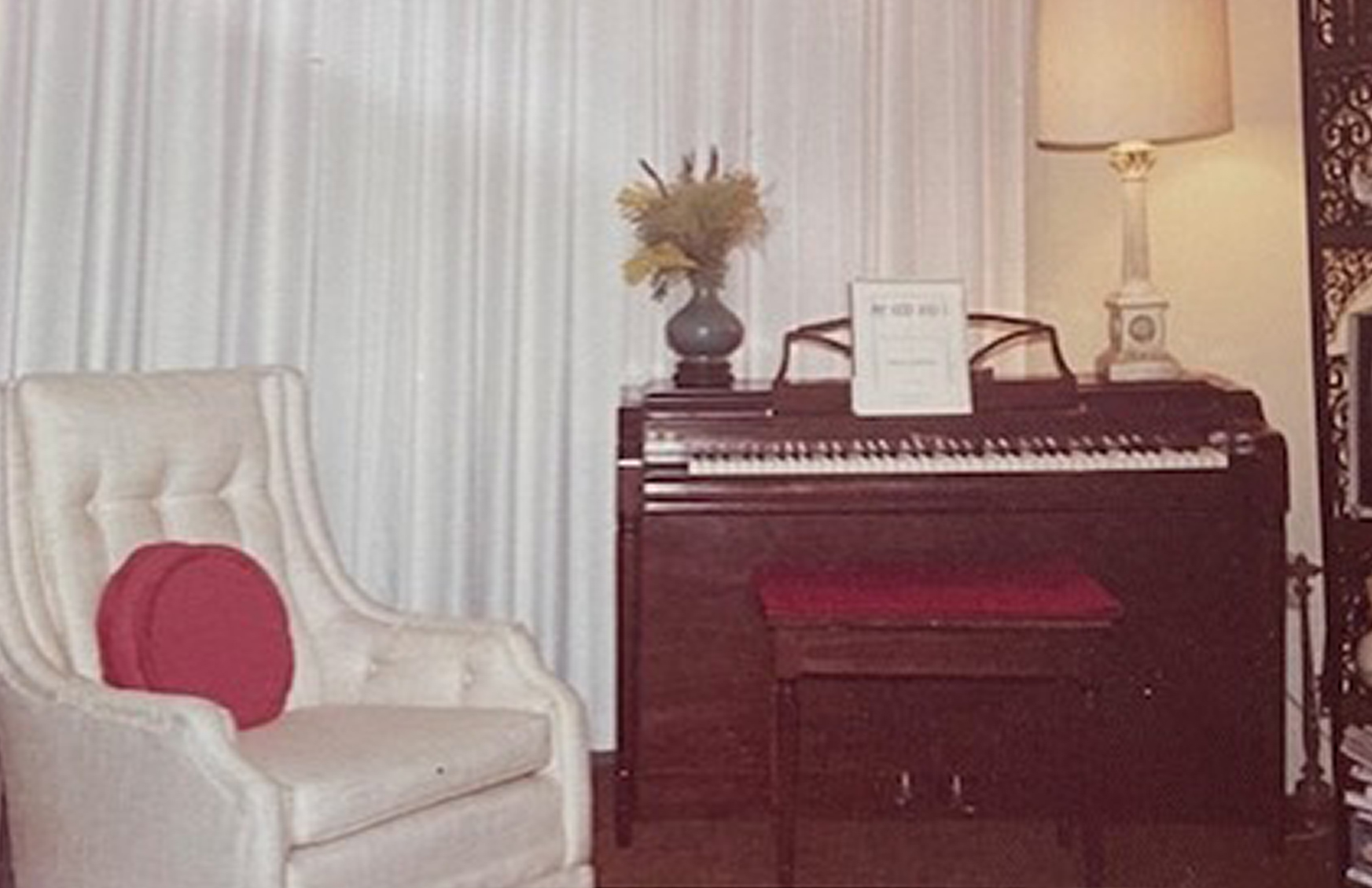
The “Lujun Glaze” porcelain, also known as Robin’s Egg glaze, originated during the Yongzheng period of the Qing Dynasty, crafted at the Jingdezhen Imperial Kiln under the supervision of Tang Ying. It was named for its resemblance to the low-temperature Jun wares of the Song Dynasty. The glaze combines techniques from both Jun ware and Yixing drip-glaze, resulting in unique flowing shades of red, blue, and purple. The surface is smooth and silky, with colors that change dynamically under natural light, evoking the beauty of nature.
As recorded in the Record of Ceramics Completion Stele, the Lujun glaze “resembles the Eastern Kiln and Yixing drip-glaze,” with distinctive fluid patterns and colors. It represents Tang Ying’s innovative fusion of traditional styles and highlights the Qing Dynasty’s dedication to ceramic artistry and aesthetic perfection. Due to its complex production process, surviving pieces are rare and mostly palace ware, making them highly valuable collectibles and a pinnacle of Qing porcelain craftsmanship.
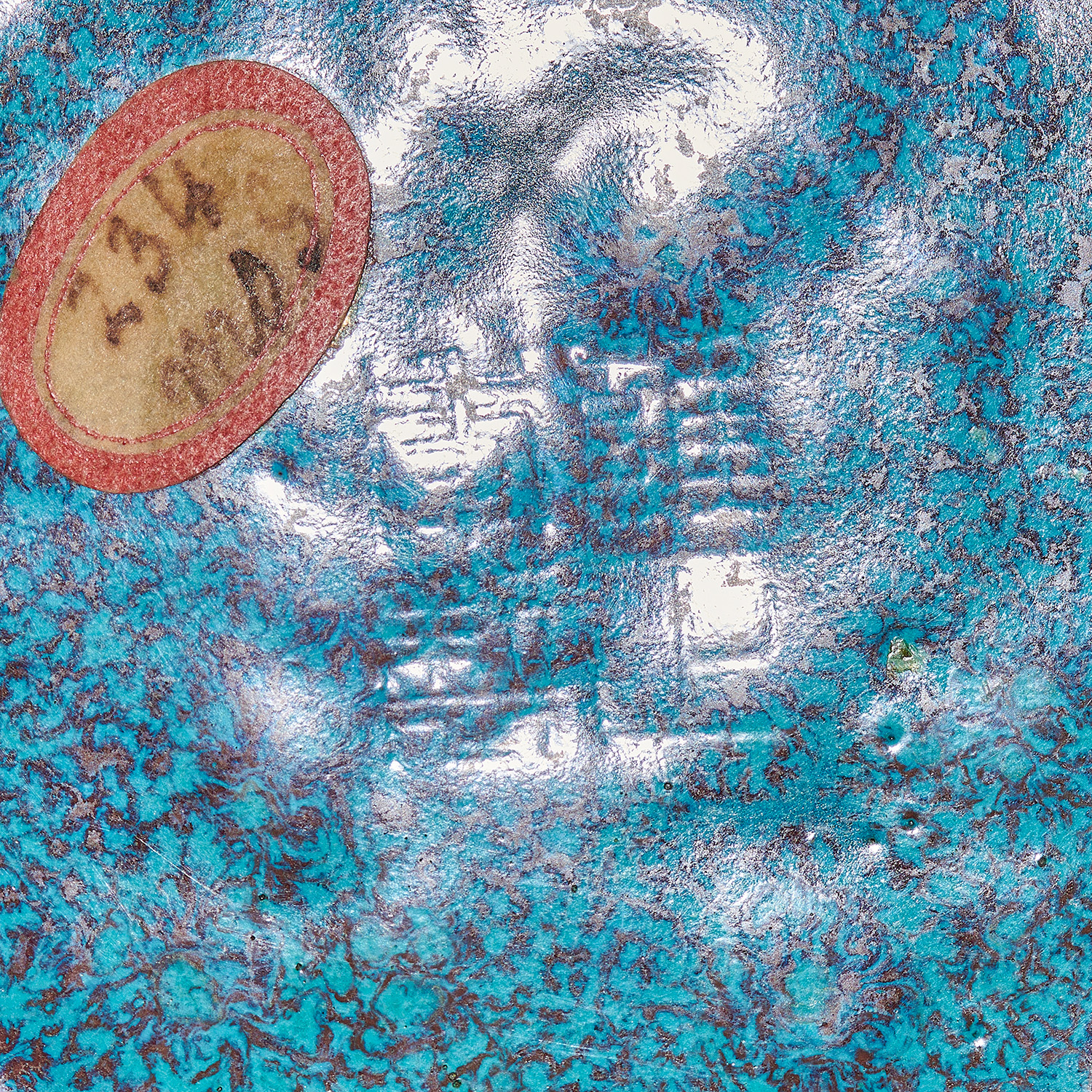
The Chinese Robin’s egg glazed hu-form vase featured by Clars has an elegant and dignified form, showcasing a flared mouth, short neck, elongated curved body, and wide splayed foot, standing at approximately 19 centimeters tall. The mouth, neck, and belly of the vase are adorned with three string patterns, which are simple yet graceful, adding a three-dimensional effect and enhancing the visual appeal of the piece. This design reflects the refined and majestic style typical of Yongzheng porcelain. The base is engraved with a two-line, four-character mark: “Yongzheng Nian Zhi,” further indicating its imperial provenance and outstanding craftsmanship.



